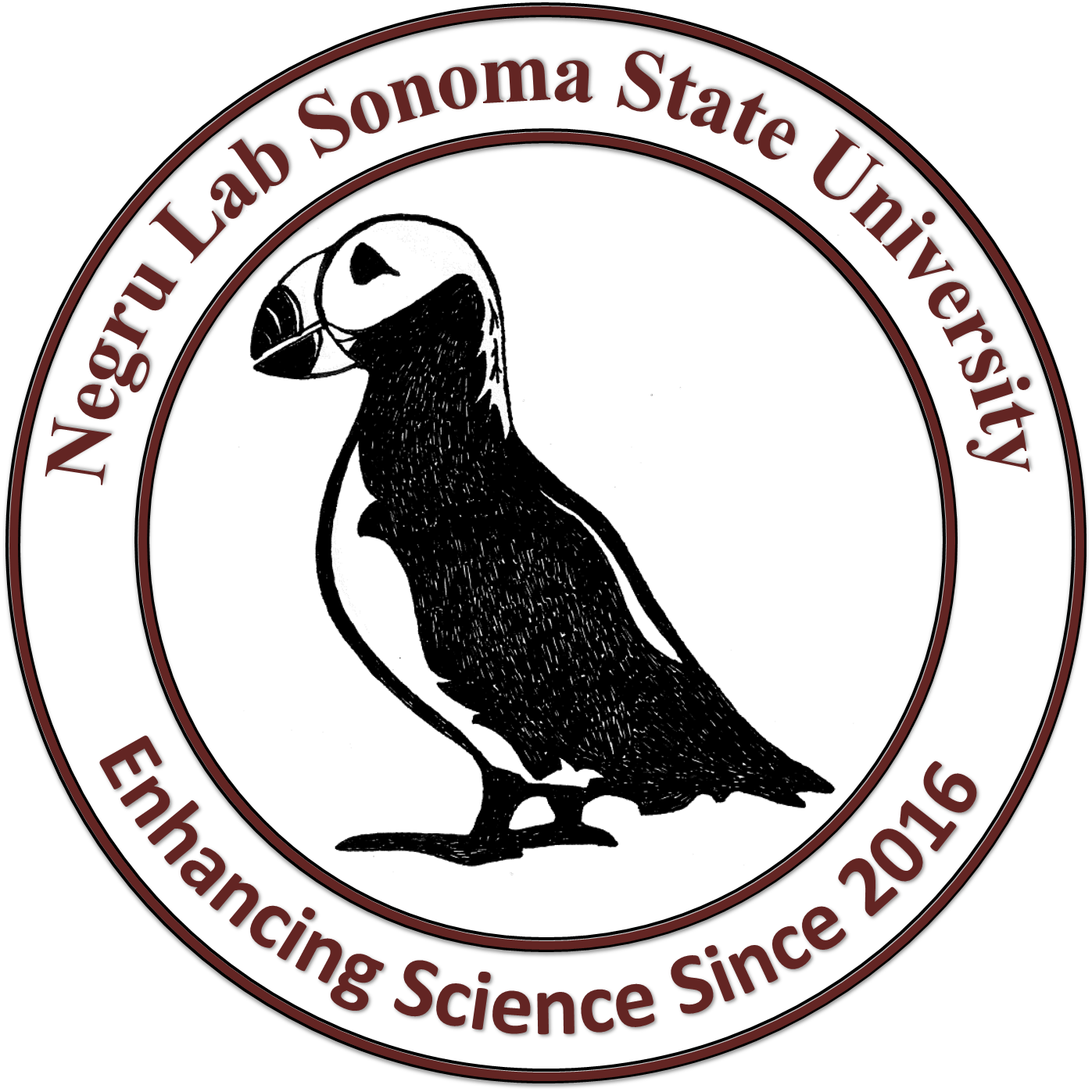Negru Research Group

Research Focus
Raman scattering is a widespread phenomenon in nature, and although signal levels are low it is very useful since every chemical species has a unique vibrational fingerprint that can be used to determine its structure. Due to the usefulness and applicability of this technique a very large number of Raman spectroscopies have been developed. So many in fact, that the acronym NR is widely used in literature to describe Normal Raman. Detection of the very few Raman photons that are normally generated is challenging, but nanostructured coinage metal surfaces can provide 6 to 8 orders of magnitude enhancements in the Raman scattering intensity. This means that the nanoparticle substrates that we develop in our group can increase the number of Raman photons by as much as 100 million times. There are not many effects in nature that can provide such a substantial increase in signal. We dedicate our time to developing new substrates and characterizing their performance with spectroscopy. We then apply these substrates to investigate chemistry at the nanoscale. Besides nanotechnology and Raman spectroscopy, my research group is also dedicated to developing novel chemistry educational experiences for students of all ages.

